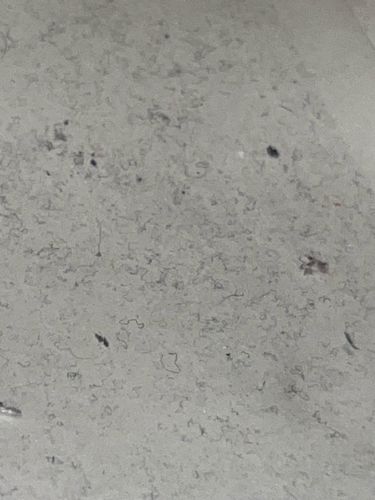Springtail
Scientific Name: Various species within Collembola
Order & Family: Order Collembola, Various families (e.g., Entomobryidae, Isotomidae, Sminthuridae)
Size: Typically 0.2 mm to 10 mm, with most common species being 1-3 mm long.

Natural Habitat
Springtails are ubiquitous and found in a wide variety of moist habitats, including soil, leaf litter, decaying wood, under bark, in moss, around fungi, and even in some aquatic environments. Indoors, they can be found in damp areas like bathrooms, kitchens, basements, and potted plants.
Diet & Feeding
Springtails primarily feed on decaying organic matter, fungi, algae, bacteria, and sometimes plant roots or pollen. They are valuable decomposers in many ecosystems.
Behavior Patterns
Springtails are known for their ability to jump using a furcula, a tail-like appendage folded under their abdomen. They are typically found in moist, dark environments. Many species are gregarious, forming large aggregations, especially in damp conditions. Their life cycle is relatively simple, involving direct development from egg to adult without a pupal stage. They are detritivores, playing a role in decomposition.
Risks & Benefits
Generally, springtails are harmless to humans and do not bite or transmit diseases. They can become a nuisance if present in very large numbers indoors, but typically indicate a moisture problem. Environmentally, they are highly beneficial as decomposers, contributing to nutrient cycling and soil health.
Identified on: 8/29/2025